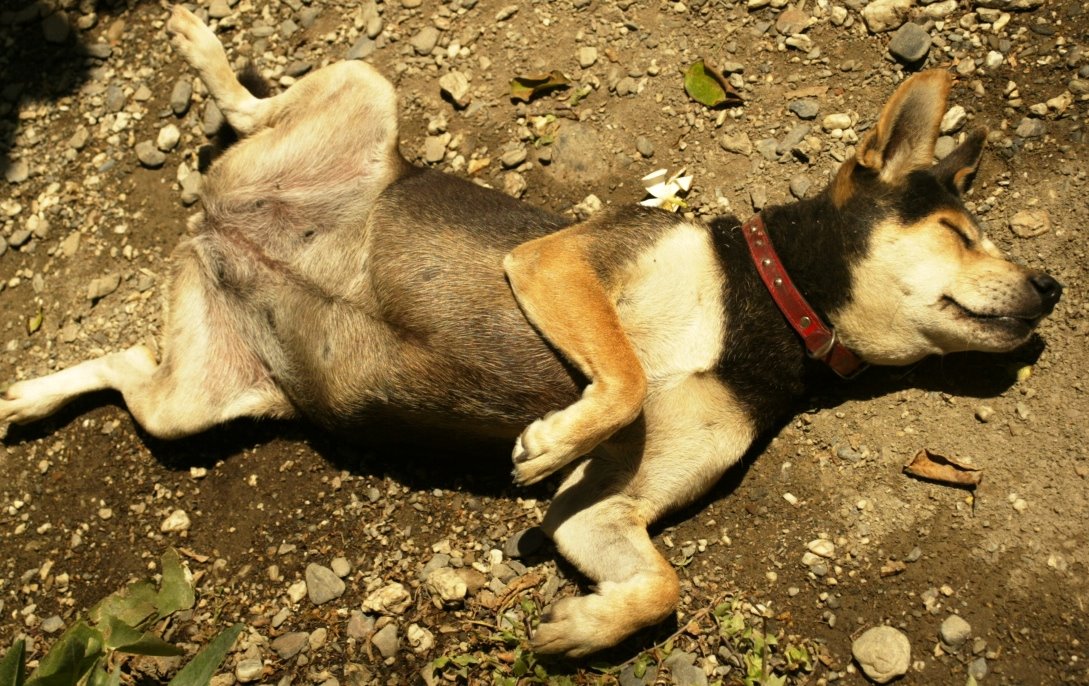Media Release: 19.12.08
Timor a Global Hotspot for Whales and Dolphins
A recent major scientific field survey has revealed the deep oceans off the fledgling nation of Timor-Leste are proving to be a global hotspot and major migratory corridor for whales and dolphins.
The project is a joint partnership involving the Government of Timor-Leste Ministry of Agriculture and Fisheries (MAF), the Department of Natural Resources, Environment, The Arts and Sport (NRETAS) and the Australian Institute of Marine Science (AIMS), and was the first ocean-going scientific research trip undertaken by researchers from the Northern Territory and Timor-Leste.
AIMS Project Leader Dr Mark Meekan said the survey was the first major boat-based survey of cetaceans (whales and dolphins) in Timor-Leste and follows six months of intensive aerial surveys of marine wildlife including whales, dolphins, rays, sharks, turtles and crocodiles along Timor coasts by NRETAS, AIMS and Timorese researchers.
NRETAS marine biodiversity Principal Scientist Professor Karen Edyvane said the survey recorded more than 1,000 individuals in eight separate pods over a mere 50km stretch of coast in a single day of observations.
"This is among the highest level of cetacean abundance ever recorded," Professor Edyvane said.
"Not only has the trip revealed the amazing cetacean abundance and diversity of Timor-Leste, but it also demonstrates Timor-Leste’s interest in marine science and its strong commitment to protecting and managing its unique marine biodiversity."
Territory and Timorese observers, including NRETAS marine wildlife experts Ray Chatto and Dr Kiki Dethmers, and Timorese researcher Jose Monteiro identified approximately 10 species of cetaceans, including Blue whales, Beaked whales, Short-finned Pilot whales, Melon Headed whales and six species of dolphins including Risso’s dolphin, Fraser’s dolphin, Spotted dolphin, Rough-toothed dolphin, Spinner dolphin and the Bottlenose dolphin.
"The dolphins and small whales were literally jumping out of the water all around us – it was hard to know which animal to photograph," Mr Monteiro said.
"It is vital that Timor-Leste continues this important scientific research to gain a better understanding of these magnificent but sensitive creatures and ensure that these cetacean populations are properly protected."
Professor Edyvane said one day in particular, with glass-like sea conditions, pods of over 300-400 individuals were recorded by observers.
"We were all amazed to see such an abundance, diversity and density of cetaceans," she said.
"The seasonal east-west migration of the large whales confirms what several cetologists have long suspected – that the deep oceanic waters off Timor, along the Wetar and Ombai Strait, is a major migratory route between the Pacific and Indian Ocean for marine wildlife."
Unlike many ocean scientific voyages in Australia, the survey in Timor was conducted aboard a traditional 20 metre wooden Indonesian vessel, the Timor Tiger – the first vessel in Timor to be registered for scientific marine research. Café e Floressta Agricultura Pescas Loro Matan Department of Natural Resources, Environment, The Arts and Sport Anne Marshall Ph. 8999 4730 www.nt.gov.au/nreta
"The Timor Tiger was a great research vessel for cetacean observations – multi-level, viewing platforms and local Timorese crew and observers that could spot animals at great distances," Professor Edyvane said.
Mr Celestino Barreto de Cunha, Director of Fisheries Management with Timor’s Ministry of Agriculture and Fisheries said that the discovery was indeed very exciting for Timor-Leste but it also presented many challenges.
"The Government of Timor-Leste recognises the enormous potential for marine ecotourism along its coast and will proceed very carefully in the development of this industry," Mr Barreto de Cunha said.
"We are committed to ensuring that this marine biodiversity is protected and we will continue to look to Australia to provide good scientific advice on developing a sustainable marine ecotourism industry and in particular, through our unique collaboration with marine researchers from the Northern Territory."
The survey was funded by the Government of Timor-Leste Ministry of Agriculture and Fisheries (MAF) and are part of an ongoing program of coastal and marine conservation, research, monitoring and training projects being undertaken by Northern Territory and Timor-Leste researchers including NRETAS, AIMS, Charles Darwin University and Timor-Leste MAF scientists, with a view to developing sustainable marine industries and much needed regional employment and economic development.
To view the images of the recent cetacean survey in Timor-Leste go to www.nt.gov.au/marine and select East Timor Whale and Dolphin Survey.
For more information on the Government of Timor-Leste Ministry of Agriculture and Fisheries go to http://www.maf.gov.tl/
For some great pictures go to this link:
http://www.nt.gov.au/nreta/wildlife/marine/timorsurvey/images.html
....
Friday, 19 December 2008
Subscribe to:
Post Comments (Atom)



6 comments:
Sounds fantastic! Any active role for Freeflow in this initiative?
Why are they hiding when I'm diving? :)
My understanding is that FreeFlow were/are the dive company of choice for this project. Photographer on the aeriel survey of whales and dolphins and also a 10 day field trip to the Nino Konis Santana national park mapping, recording and photographing the marine species along the whole coastline of the park. Upto 20 species of fish not seen here before were recorded. Look out for the survey report on this blog.
FOS:
I just sent you and Mrs. FOS an e-mail, and a couple of links as to how Tonga and Hawaii are dealing with eco-tourism having to do with whales.
Very exciting for ET!
Malibu Kid
don't tell the Japs
You are quoted on this GVO piece on the whale meeting up in East Timor! http://tinyurl.com/aytfoy
Cheers!
Post a Comment